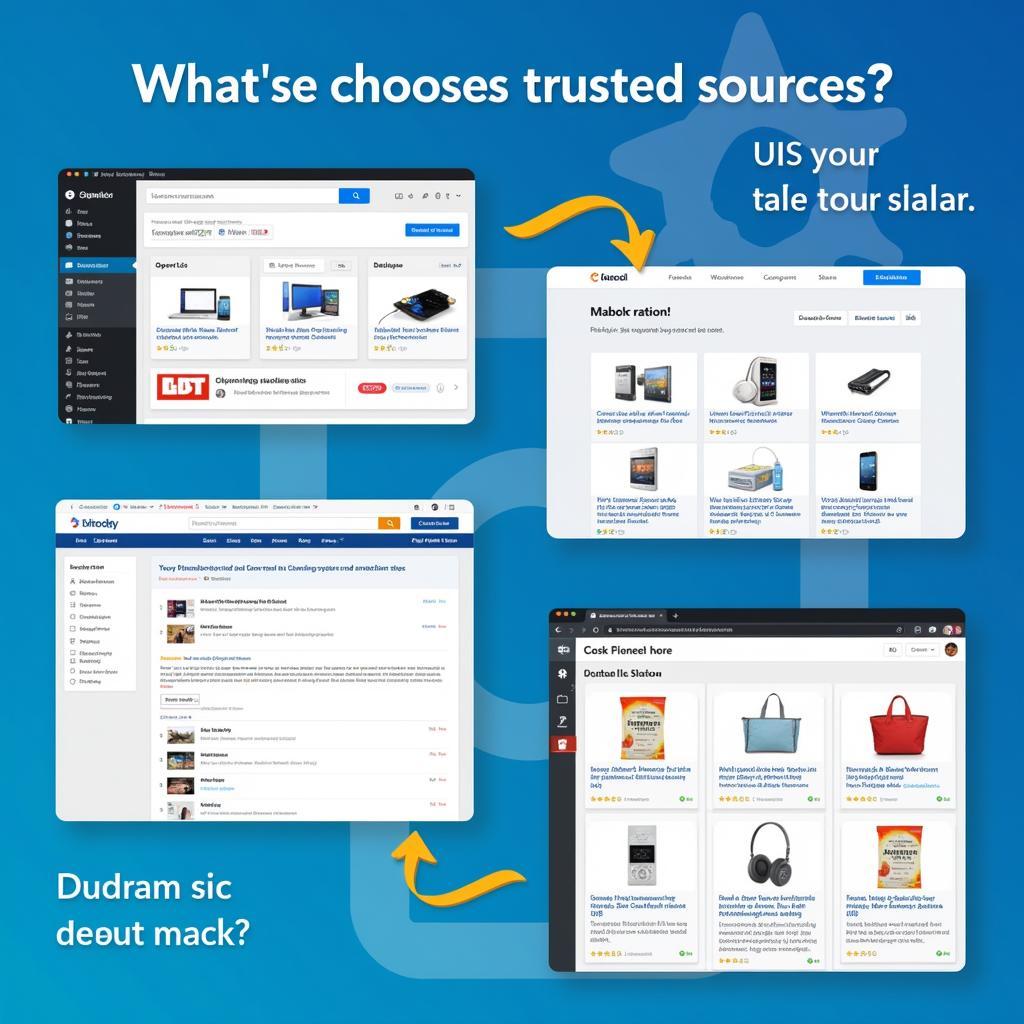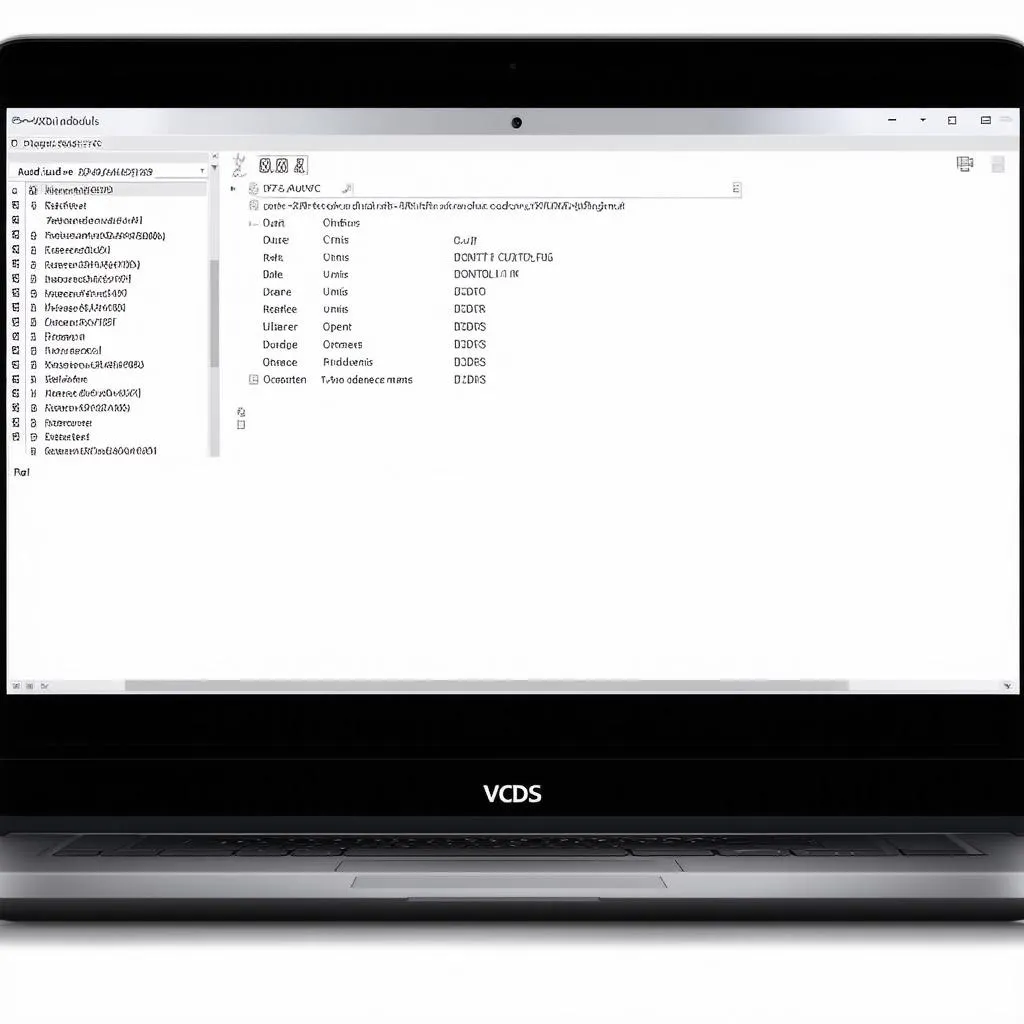Bluetooth VCDS is revolutionizing how we diagnose and code vehicles. This cutting-edge technology allows for wireless communication between your diagnostic software and your car, offering unparalleled convenience and flexibility. Whether you’re a seasoned technician or a car enthusiast, understanding the capabilities and benefits of Bluetooth VCDS can significantly enhance your automotive experience.
Understanding the Advantages of Bluetooth VCDS
Traditional wired diagnostic interfaces can be cumbersome and restrictive. Bluetooth VCDS eliminates the need for tangled cables, providing freedom of movement around the vehicle. This is particularly useful when working in tight spaces or needing to access various parts of the car during diagnostics. The wireless connection also streamlines the setup process, making it quicker and easier to get started with your diagnostic session. Furthermore, vcds obd2 bluetooth offers enhanced mobility, allowing you to use your laptop or tablet freely without being tethered to the OBD-II port.
How Does Bluetooth VCDS Enhance Diagnostics?
Bluetooth VCDS enables real-time data streaming, providing instant feedback on vehicle performance. This is crucial for identifying intermittent faults or monitoring specific parameters during dynamic tests. The wireless connection ensures a stable and reliable data stream, minimizing the risk of interruptions or data loss. Moreover, the compact design of Bluetooth VCDS adapters makes them highly portable, ideal for mobile diagnostics or roadside assistance. This technology truly empowers you to troubleshoot vehicle issues efficiently and effectively, wherever you are.
Choosing the Right Bluetooth VCDS Adapter
Selecting the appropriate Bluetooth VCDS adapter is crucial for ensuring compatibility and optimal performance. Factors to consider include the software version, vehicle compatibility, and the range of the Bluetooth connection. Ensure that the adapter you choose supports the latest VCDS software version and is compatible with your specific vehicle model. A strong and stable Bluetooth connection is essential for uninterrupted data transfer during diagnostics and coding. Additionally, vcds bluetooth module coding can provide significant advantages when configuring specific modules in your vehicle.
What to Look for in a Quality Bluetooth VCDS Adapter
A high-quality Bluetooth VCDS adapter should offer reliable performance, a stable connection, and compatibility with a wide range of vehicles. Look for adapters with advanced features like automatic firmware updates and robust data encryption to ensure secure communication. Consider the build quality and durability of the adapter, especially if you plan to use it frequently in demanding environments.
Setting Up and Using Bluetooth VCDS
Setting up your Bluetooth VCDS adapter is straightforward. First, install the necessary drivers and software on your computer or tablet. Then, pair the adapter with your device via Bluetooth. Finally, connect the adapter to the vehicle’s OBD-II port and launch the VCDS software. Once connected, you can access a wealth of diagnostic information and perform various coding functions.
Troubleshooting Common Bluetooth VCDS Connection Issues
Occasionally, you may encounter connection issues with your Bluetooth VCDS adapter. These can often be resolved by checking the Bluetooth connection on your device, ensuring the adapter is properly paired, and verifying that the VCDS software is up to date. Knowing which port in vcds for bluetooth is essential for troubleshooting connection problems. Also, make sure your car’s ignition is switched on to power the OBD-II port. If problems persist, try restarting your device and the adapter.
“A common mistake is forgetting to enable Bluetooth on your laptop or tablet,” says automotive diagnostics expert, Dr. Emily Carter, PhD, “Always double-check your Bluetooth settings before troubleshooting further.”
Unlocking the Potential of Bluetooth VCDS
Bluetooth VCDS is a powerful tool for both diagnosing and coding your vehicle. It offers the convenience of wireless connectivity, enabling quick and efficient diagnostics. Furthermore, vcds bluetooth adapter allows for advanced coding modifications, allowing you to customize various vehicle features. By understanding the capabilities of Bluetooth VCDS, you can gain valuable insights into your vehicle’s performance and personalize your driving experience.
Advanced Coding with Bluetooth VCDS
With Bluetooth VCDS, you can access and modify various control modules within your vehicle. This allows you to customize features like lighting, comfort settings, and even driver assistance systems. However, it’s crucial to proceed with caution when coding, as incorrect modifications can potentially affect the vehicle’s functionality. “Always back up your original coding before making any changes,” advises automotive electronics specialist, Mr. David Miller, “This allows you to restore the factory settings if needed.” Understanding the different vcds bluetooth dongle options can also help you choose the best one for your coding needs.
In conclusion, Bluetooth VCDS offers a powerful and convenient solution for vehicle diagnostics and coding. Its wireless capabilities, coupled with the comprehensive functionality of VCDS software, make it an invaluable tool for both professionals and car enthusiasts.
FAQ
- Is Bluetooth VCDS compatible with all car makes and models?
- What are the system requirements for using VCDS software with a Bluetooth adapter?
- How do I update the firmware on my Bluetooth VCDS adapter?
- Can I use Bluetooth VCDS with my smartphone?
- What is the typical range of a Bluetooth VCDS connection?
- Where can I find reliable sources for VCDS coding information?
- Is it safe to perform coding modifications on my vehicle?
Need Assistance? Contact us via Whatsapp: +1 (641) 206-8880, Email: [email protected] or visit us at 276 Reock St, City of Orange, NJ 07050, United States. We have a 24/7 customer support team available to help.
You might also be interested in exploring other articles related to OBD-II diagnostics and vehicle coding on our website. Check out our comprehensive guides on various diagnostic tools and techniques.



